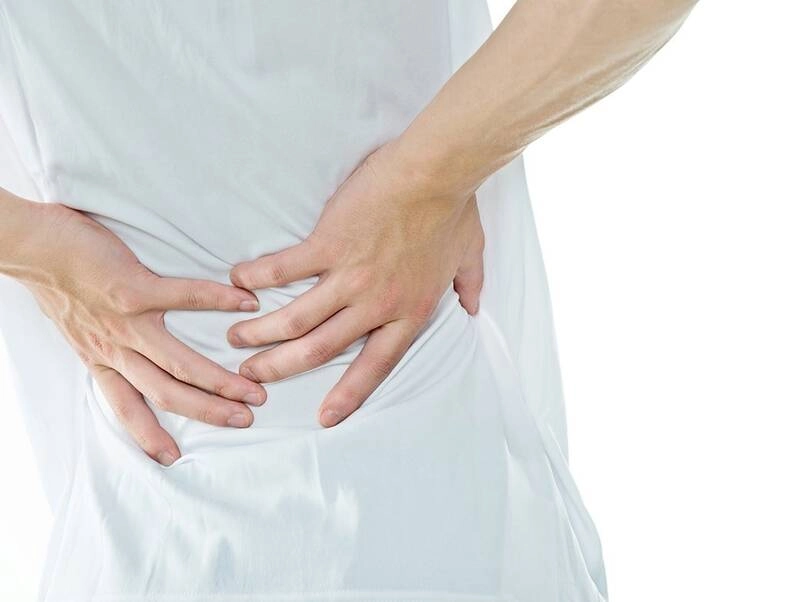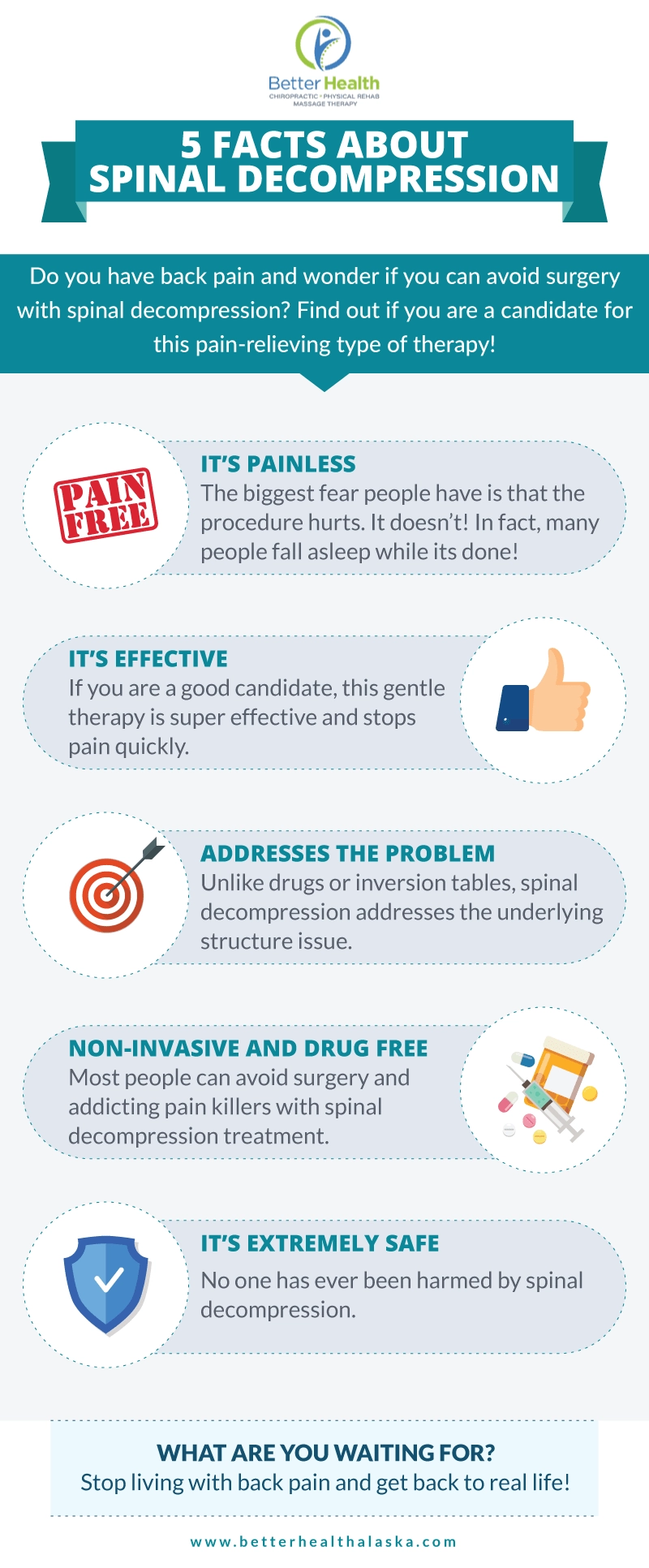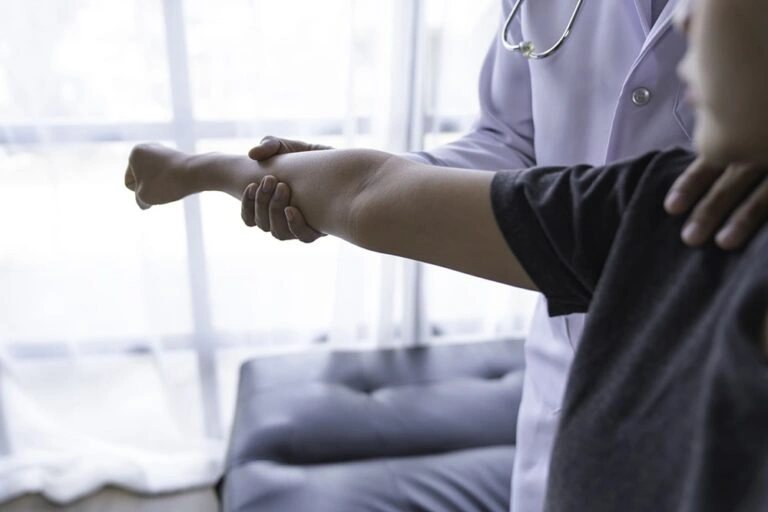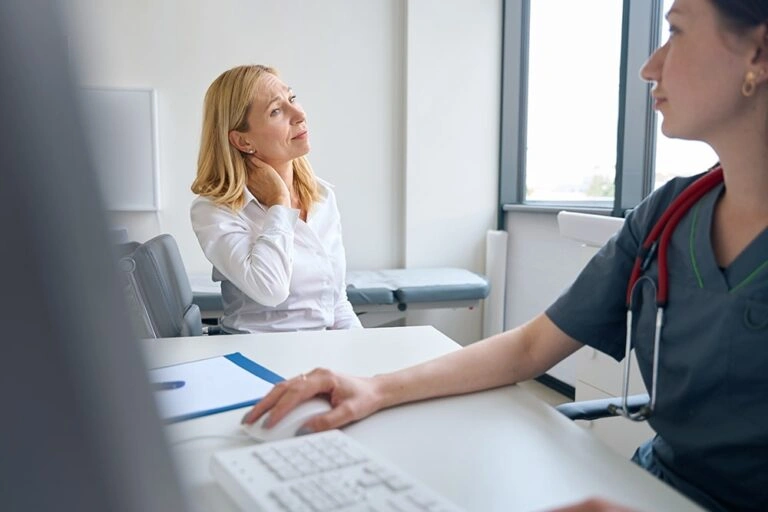If you are one of the 80% of American’s who suffer from chronic low back pain, especially if that pain is caused by herniated discs, you might have tried everything possible to find pain relief, including exercises, massage, heat packs, perhaps even epidurals, but found pain relief to be temporary at best.
Have you considered having spinal decompression at your chiropractor’s office? Many people believe that spinal decompression means surgery, but this isn’t the complete story.
Keep in mind that spinal decompression, when performed by a qualified chiropractor, can prevent the need for surgery in many cases. If you should change your mind later, you can always have surgery performed.
When considering spinal decompression, you might have questions such as
- Does spinal decompression work?
- Am I a good candidate?
- What if I have osteoporosis?
- Does the spinal decompression machine hurt?
- Does my insurance cover the procedure?
- How long does the treatment take?
I want to tell you everything you must know about what spinal decompression means today and answer all your questions.
1) It’s Not Just a Surgical Procedure.
There are two different types of spinal decompression; surgical and non-surgical.
Surgical decompression is the last resort for treating the pain caused by certain conditions such as bony overgrowths on the pine and severely ruptured discs. This type of surgery is usually performed by an orthopedic surgeon. Types of surgical spinal decompression include laminectomy or microdiscectomy.
Your chiropractor will take a full medical history, ask about your pain, perform a full exam and take x-rays or an MRI. Afterward, if the chiropractor determines that this type of surgery is necessary, they will refer you to the appropriate specialist and work with them to help you during your recovery after surgery.
Non-Surgical decompression involves a special table and traction machine which gently stretches out the spine, releasing the pressure on the nerves. There is a separate type of table for neck pain.
During the process, the patient lies on a special table. One harness is placed around the pelvis, the other around the waist. The top half of the table is stationary, while the bottom half moves back and forth, providing mild traction.
Don’t imagine some medieval torture devices like the rack! The spinal decompression machine is computer controlled and programmed by the doctor for your exact situation. Each treatment last between 25-45 minutes.
Each person is unique and not every bulging disc is the same. Even if you are a good candidate, the number of times you will need to undergo decompression will vary, with some people needing as few as 15 treatments and others as many as 30 treatment sessions.
2) Does Spinal Decompression Work?

For the majority of people, yes. A small 2016 study found that those who had non-surgical decompression found that subjects had less pain and lower levels of inflammation than those who did not receive decompression. A full 86% of spinal decompression patients say that, after treatment, the pain they felt from herniated discs did not return, even 2 years after treatment.
This treatment works especially well for those suffering from bulging discs, herniated discs, degenerative disc disease, accident victims, and those suffering from sciatica.
This gentle form of traction creates negative pressure on the discs within the spine, which allows bulging discs enough room to return to their normal place.
This treatment method has been used successfully for almost 20 years by creating negative pressure, but also allowing oxygen, improved blood circulation, and nutritional requirements to return to the area around the discs, as well as the discs themselves. When compressed, vital nutrients and oxygen are all but cut off, preventing any possible healing from taking place.
For those suffering from neck pain due to damaged discs, spinal stenosis, or other issues, spinal decompression is often effective in this area as well.
3) Can Spinal Decompression Cause More Damage?
Non-surgical spinal decompression has no known risks. Your chiropractor will need to determine if you are an eligible candidate as some patients with other issues, such as osteoporosis, prevent them from using this type of treatment.
Those who are not good candidates for this treatment are:
- If you have osteoporosis
- Those who have had prior back surgery
- If you have metal rods or other types of metal pieces in the spine or neck
- If you have had spinal fusion
- Pregnant women
- If you have an artificial disc or other types of implants
- Those with broken vertebrae
- If you have spinal stenosis
- An infection in the spine
- A tumor in the spine
- If you are taking blood thinners
- If you suffer from ankylosing spondylitis
- Any condition that compromises the integrity of the spine
Non-surgical spinal decompression is FDA approved and has been used successfully to treat thousands of patients over the years.
This isn’t to say that there are no side-effects, however. As with any medical treatment, a few people experience unpleasant side effects such as
- Muscle spasms
- Pain or discomfort when lying on the table due to the injury
- Shooting pain down the arms or legs
If you should experience any of these problems, inform your chiropractor immediately so they can reposition the table or change the settings on the program.
Otherwise, there are no known cases of adverse effects or damage that was caused by the decompression machine.
4) Will Decompression Therapy Hurt?
Let’s be honest. You are at the chiropractor due to back pain. Most people find that lying flat on a table is uncomfortable or a bit painful, depending on which area of the back the pain is located. While your chiropractor will do everything in their power to make you as comfortable as possible, you might feel some pain due to the position you are lying in.
Decompression itself does not hurt. Truth be told, some people say they felt better almost immediately afterward. Many people take 4-6 treatments before they feel substantial pain relief.
So, while the position you are in might be uncomfortable or mildly painful, the procedure itself is painless.
5) Can My Chiropractor Help with Other Types of Treatments?

Your chiropractor is a specialist in the vertebrae of the spine, the muscles, and connective tissue surrounding the spine and other joints. Depending on the type of injury or problem you are experiencing, chances are that your chiropractor will also offer additional types of modalities to help your body heal and provide additional pain relief, as well as prevent possible damage to your spine in the future by offering advice about lifestyle, diet, and exercise programs suitable for your condition.
While decompression is not suitable for those with scoliosis, there are ways of treating scoliosis naturally. Ask yourchiropractor for details regarding the proper therapy for scoliosis.
Other treatments your chiropractor might use or suggest including:
- Spinal manipulation or adjustments. If the vertebrae in the spine are out of position, it puts pressure on other parts of the body and stops the flow of information to and from the brain. It is not uncommon for those with neck or low back pain to have subluxations. Chiropractic adjustments can help to stop pain and allow natural healing to take place.
- Chiropractic massage. To improve the function of the muscles, as well as loosen tight muscles and improve circulation, your chiropractor can guide a massage therapist to perform certain types of massage, directing them to problem areas.
- Therapeutic exercise and stretching. To help improve your core muscles (which support the back) as well as loosen muscles and ligaments that have become tight or that have shortened, your chiropractor can prescribe very specific exercises and stretching techniques that can prevent deterioration of the muscles, increase stability and strength, and decrease pain levels. These exercises and stretching techniques can also prevent further or future injuries.
- Ultrasound. These machines use a form of deep heat therapy via soundwaves. Ultrasound can reduce swelling, improves circulation, reduces muscle spasms, and allows healing to take place on a deeper level.
Your chiropractor might also suggest lifestyle modifications including:
- Improving posture
- Learning new techniques for lifting
- Learning new ways of managing stress
- Starting or modifying an exercise program suitable for your condition
- Help to quit smoking
- Nutritional advice
- Advice regarding supplements, including anti-inflammatory supplements
As you can see, a chiropractor is much more than just a doctor who “cracks backs”, but a multi-faceted health care professional who is a partner in your health care program.
Tips for Getting the Most Out of Your Treatment:
- Be certain to give your doctor an honest and complete medical history during your initial exam
- Bring your list of questions to your first exam. Remember, there are no “stupid” questions when it comes to your health! We are here to help you and want to answer all of your questions or concerns
- Don’t hesitate to talk to your doctor if you are experiencing pain or other issues while decompression is being performed
- Relax as much as possible and allow the decompression device to help restore you to health
- Keep the safety switch in your hand and turn the machine off if you need to

If you still have questions regarding non-surgical spinal decompression, we urge you to call for an appointment, so you can discuss your options with a qualified professional. Our staff can find out what your insurance covers and how many treatments you are allowed. Those in Juneau who are on a tight schedule for chiropractic treatment, such as spinal decompression, find comfort with Better Health Juneau’s 10-Minute Promise.
Please feel free to share this article with someone you think might benefit from the information.









